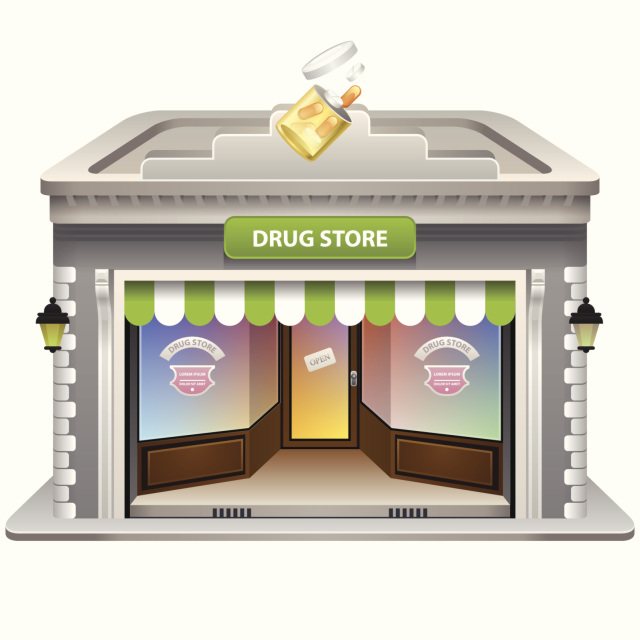The Overview of Japanese Drug Store Market ver.2017
SKU:
$980.00
$980.00
Unavailable
per item
This report discusses about the overview of Japanese drug store market. The readers will know overall market information and data; market scale, market share, number of stores, scale of stores, and market share by company. The reader will also see detailed information about each key player. Then, readers understand market trend and future outlook of this industry. The key points differentiation will support companies who are looking at the investing opportunity in this market and relevant company.
The drugstore market continues to post growth, with 6.1 trillion yen as the market size in 2015.
The market’s actual growth rate has shown weakening year over year, with 2015 contracting to 1% of the previous year’s growth rate.
The number of drug store outlets has been increasing by average 2.3%, and reached 18,479 outlets in 2015.
Matsumoto Kiyoshi is the market leader, followed by Welcia Holdings. Top 10 companies dominate over 60% of Japanese drug store market.
Pharmaceuticals command the largest share of all items sold at drugstores, reaching 31%. They are followed by cosmetics and everyday goods.
The drugstore segment continues to grow, and each firm is taking steps to transform its shops into convenient neighborhood "healthcare stations" and add a range of services to make them more functional and useful.
At the same time, drugstores are faced with the need of differentiating themselves from competitors both within and without their industry. Furthermore, drugstores have relied on the profitability of pharmaceuticals and cosmetics to cement their bottom lines, but with the opening of Internet sales channel of OTC drugs, they will very likely be forced to reconsider this profit structure as a means of doing business.
As drugstores increasingly offer the same services and products, the biggest issue for them is differentiating themselves from competitors in their segment and other non-drug store competitors, especially dispensing pharmacy chains that have very similar business model.
here to edit.
The market’s actual growth rate has shown weakening year over year, with 2015 contracting to 1% of the previous year’s growth rate.
The number of drug store outlets has been increasing by average 2.3%, and reached 18,479 outlets in 2015.
Matsumoto Kiyoshi is the market leader, followed by Welcia Holdings. Top 10 companies dominate over 60% of Japanese drug store market.
Pharmaceuticals command the largest share of all items sold at drugstores, reaching 31%. They are followed by cosmetics and everyday goods.
The drugstore segment continues to grow, and each firm is taking steps to transform its shops into convenient neighborhood "healthcare stations" and add a range of services to make them more functional and useful.
At the same time, drugstores are faced with the need of differentiating themselves from competitors both within and without their industry. Furthermore, drugstores have relied on the profitability of pharmaceuticals and cosmetics to cement their bottom lines, but with the opening of Internet sales channel of OTC drugs, they will very likely be forced to reconsider this profit structure as a means of doing business.
As drugstores increasingly offer the same services and products, the biggest issue for them is differentiating themselves from competitors in their segment and other non-drug store competitors, especially dispensing pharmacy chains that have very similar business model.
here to edit.

